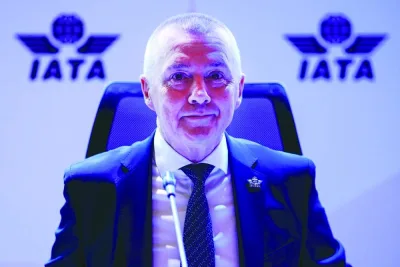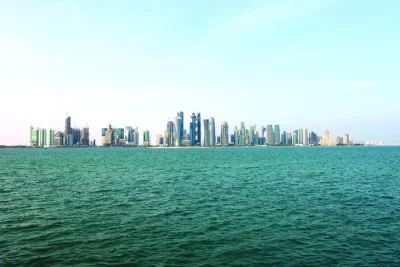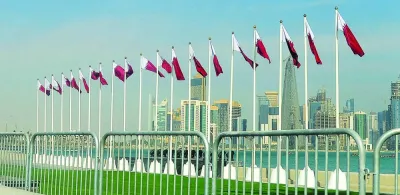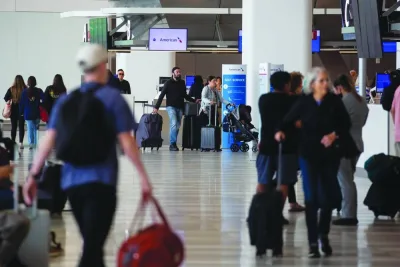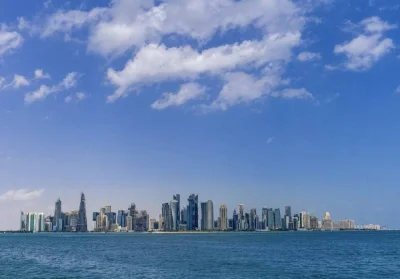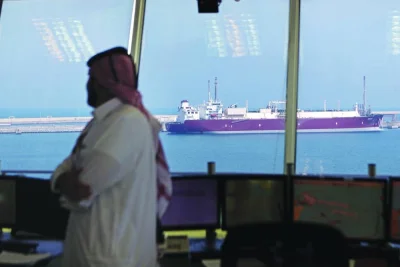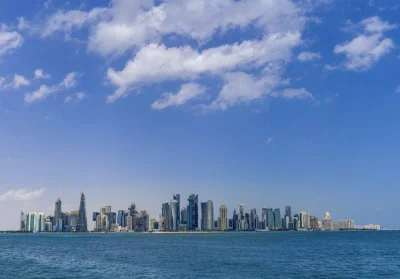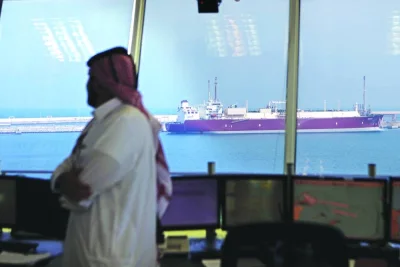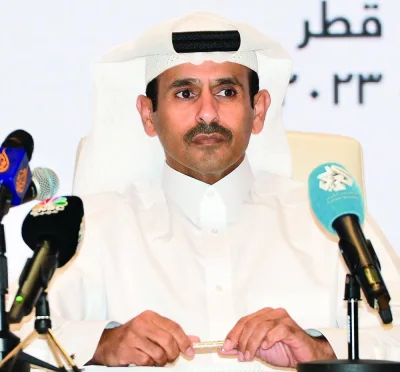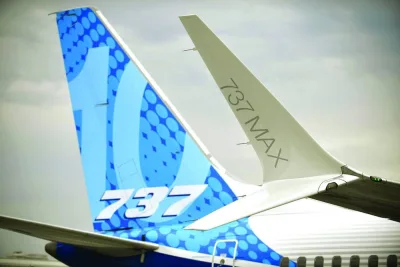Qatar Executive (QE), the VIP charter jet division of Qatar Airways, has seen significant year-on-year growth in fiscal 2022/23, the national airline said in its annual report.This has been represented by a tremendous increase in commercial sales revenue and total live lying hours, fleet growth, improvements made to better serve passengers lying with QE, and a record number of arrivals and departures at the Doha International Airport QE Premium Terminal.Fiscal 2022-23 was also a year “truly like no other” for Discover Qatar (DQ), the report said.“Through meticulous planning and extensive preparation, the team enhanced its customer-centric focus to deliver excellence. Over the past 12 months, DQ delivered a multitude of logistical arrangements and tourist experiences before and during the hugely successful FIFA World Cup Qatar 2022, to a wide variety of visitors and customers including FIFA delegates, tour operators, commercial partners, sponsors, and football fans,” the report noted.Over the period of the tournament, Qatar Airways operated some 14,000 flights bringing more than 2.4mn fans from all six continents to Qatar, to witness the greatest sporting show on Earth.Some 5bn fans engaged with the FIFA World Cup Qatar 2022 across the tournament delivering vast media return on investment to the Qatar Airways brand and more than 63% media return than the 2018 FIFA World Cup Russia.The social media engagement of the tournament increased followers by more than 83%.Located conveniently within a six-hour light from more than 80% of the world’s population, Hamad International Airport (HIA) is “ideal” for business or leisure travellers.HIA Phase B expansion started in January this year, and will see airport capacity increase to 70mn passengers annually.At the 2023 Skytrax World Airport Awards, HIA was ranked the Second-Best Airport in the World and World Best Airport Shopping.Additionally, HIA was ranked Best Airport in the Middle East for the ninth time in a row.

Pratap John
Pratap John is Business Editor at Gulf Times. He has mainstream media experience of nearly 30 years in specialties such as energy, business & finance, banking, telecom and aviation, and covered many major events across the globe.
Most Read Stories
1


